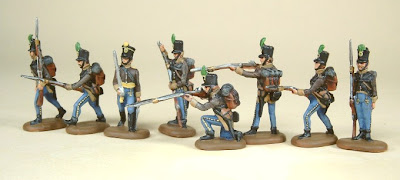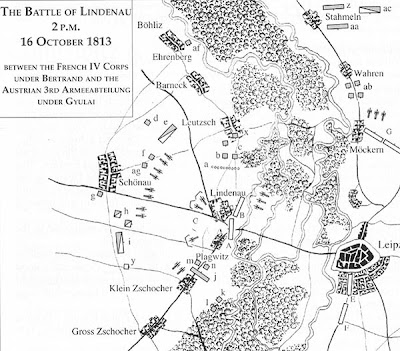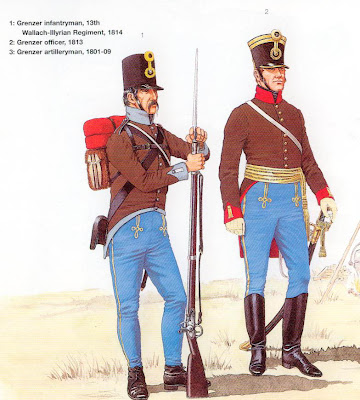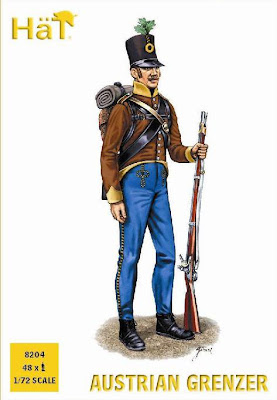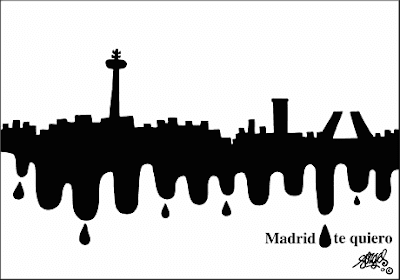Austrian Jägers
 "The Austrian army was not well served by light infantry units. Not until 1798 were regular light infantry battalions formed, from the various Frei-Corps, which thus largely ceased to exist. Not surprisingly, given the general inability to recognise the merits of light infantry, all the battalions were disbanded in 1801.
"The Austrian army was not well served by light infantry units. Not until 1798 were regular light infantry battalions formed, from the various Frei-Corps, which thus largely ceased to exist. Not surprisingly, given the general inability to recognise the merits of light infantry, all the battalions were disbanded in 1801.
To replace the light battalions, a regiment of Tyrolean Jägers was formed in 1801.In 1808 nine 'divisions' of Jägers were formed, four in Bohemia, two each in Austria and Moravia and one in Inner Austria.On I December 1808 each 'division' was expanded into a six-company battalion, in wartime each battalion was expanded to 860 men.
Jägers wore pike grey breeches and a singlebreasted jacket, grass green collar, cuffs and turnbacks, yellow buttons bearing the battalion number, and a black 'Corsican hat' (Korsehut) with a feather and a leather chinstrap; this 'round hat' with an upturned brim had a 2* in. high brass shield specified, bearing the battalion number, but this is not shown by all sources. Hornists had grass green wings laced white. Officers wore cocked hats with gold lace and loop, and gold horn turnback badges; field officers had the usual sword belts and gold cuff lace, leatherwork for lower ranks being black. Overcoats for 'other ranks' were dark 'mixed grey' with six buttons, for officers of dark 'Moorish grey' with grass green collar and cuffs. "
Taken from Austrian Army of the Napoleonic Wars (I): Infantry. Philip Haythornthwaite-Bryan Fosten. Osprey MAA 176 (1986)
Three Austrian Jäger battalions (Nos. #1, #2 and #7) were part of the Liechtenstein's 1st Light Division, and were present in Lindenau with a force of 1,920 men, i.e. 32 figures at a 1:60 scale (I'll use 'one-half' NB). There are not 1/72 plastic figures depicting this Austrian unit, but HäT make a natural susbtitute: 8008 Napoleonic Brunswick Avantgarde Jaeger wearing the unmistakable 'Corsican hat' (Korsehut). This was one of the first HäT sets, so the overall quality is somewhat low when compared with the last HäT releases but it is the only feasible alternative.
The 'Grey devils', as the Austrian Jägers were named, will be the next painting project, after I (hopefully) finish the Grenzer (now in the production line!)









